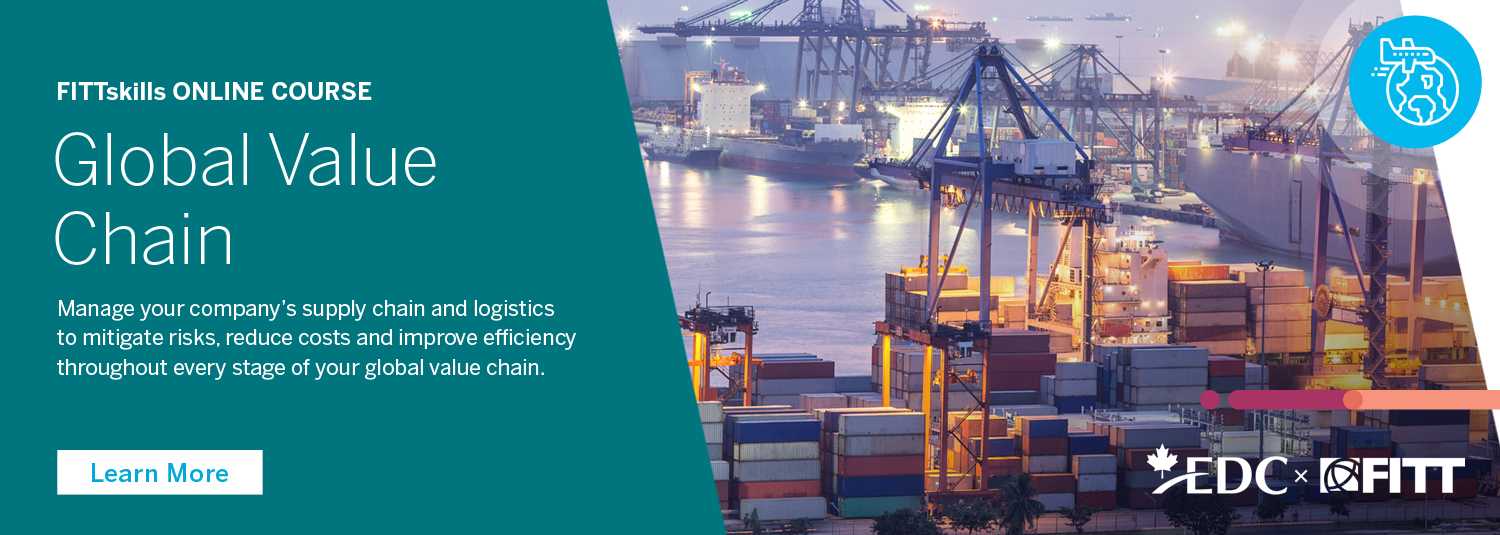
Governments use export clearance, customs and security clearance processes to monitor trade, collect revenue and prevent criminal and terrorist activity. These processes also provide data that assist governments in assessing the state of their economies and the need for regulatory changes.
As countries continue to move towards integrating their economies and removing trade barriers, the regulatory processes of exporting and importing should become easier, however that does not remove the need for continued collection of data, therefore documentation will continue to play an important role in the import and export clearance processes.
Given the number of countries in the world, it is impossible to offer one set of guidelines that would cover all eventualities, especially because requirements and procedures can change frequently. However, due to the WCO and the adoption of international recommendations for customs and border security practices, there are some common activities required of exporters and importers.
First, take care of the basics of export clearance
The export clearance process will differ depending on several variables:
- The trade regulations of the exporting and importing countries
- Type of goods being exported, e.g. restricted, food products
- Free trade agreements currently in force
- Level of customs and border security agency’s use of information and communication technology, e.g. Electronic Data Interchange (EDI)
With consideration of the above variables, typical activities for obtaining export clearance could include all or some of the following:
- Registering with customs and border security agency, e.g. obtain export/ import business number
- Determining country of origin for the goods being exported
- Ensuring product is exportable, i.e. not a prohibited good or service
- Ensuring product is allowed into importing country
- Determining HS code for product
- Filing export declaration, if required
- Obtaining export licences or permits, if required
- Obtaining product-specific/packing certificates and import specific documentation
- Determining shipping method and identifying reporting time frame
Want to learn more about how to keep your customers, clients and suppliers happy by transporting goods in a timely manner and in compliance with all regulatory requirements? Check out the FITTskills Global Value Chain online course. 
What do the Incoterms® rules say?
Submitting export declaration and other documentation to customs and border security agency prior to shipping, if required
- Shipping goods as agreed upon with importer
- Providing certificate of origin and other documents to importer or importing country’s customs and border security agency
- Keeping export records for required time period
The responsibility for the cost and completion of these tasks will vary depending on the sales contract agreement, usually defined by the agreed upon Incoterms® rules. It is to the mutual benefit of both the importer and exporter if they help each other complete the export clearance process.
The Incoterms® 2020 online course, presented by the Forum for International Trade Training (FITT) and the Canadian Chamber of Commerce (CCC), will get you up to speed on the new Incoterms® 2020 rules and help you succeed in global markets. You can take the course anytime, from anywhere. By successfully completing the course, you’ll earn the Incoterms 2020® Training Certificate. This online course is offered in partnership with the Canadian Trade Commissioner Service (TCS) and Export Development Canada (EDC).
Next, check the local laws and regulations for further requirements
There are other factors that must be considered when exporting goods, including:
International export regulations:
Most countries have some form of export control. For example, 41 countries are signatory members of the Wassenaar Arrangement, which was established in 1996 to establish controls over sales of arms and dual-use products and technologies.
The control lists covered by the Wassenaar Arrangement cover a wide range of goods and technologies, including protective clothing, materials used in aircraft construction, metal alloys, many chemical compounds, submersible vehicles, robots designed for underwater use, telecommunications equipment, satellite components and many forms of software.
In order to export any of the controlled products or technologies, certain procedures must be followed. The importing company will often have to assist the exporter to obtain an export licence from its government, usually by providing an import certificate or other documentation.
Where an export licence or permit is required, both the importing and exporting companies need to consider the time it will take to obtain exporting and importing licences/permits when planning delivery schedules. The importing company must also include clauses in its agreements to require the exporter to obtain all required licences.
Exchange control licences:
Most countries also have some form of foreign exchange control, i.e. controls over the amounts of foreign currency in their economies. This means that exporters may have to provide proof that they will be paid by the importer in a specific currency before they will be permitted to export valuable products. Importers may also require a licence from the exporting country to convert payments into local currency to pay exporters. Importers should check whether this is necessary because otherwise delays might result while exporters wait for payment.
Some countries require payment to be made by specific means, such as a letter of credit. Some governments also impose strict payment regulations on all foreign trade contracts in order to ensure payment.
Export quotas:
Export quotas are restrictions imposed by a government on the amount or number of goods or services that can be exported annually. The purpose is to ensure that domestic prices of this good or service do not increase because of exports. Importing companies must make sure there are no foreign government quotas that could make their purchase agreement unsustainable.
Have all your documents ready – here’s what else you may need
Standard export transactions require that the exporter provide standard documentation to accompany shipments of goods:
- Commercial invoice
- Bill of lading or transport document
- Export declaration
- Packing list
- Insurance documentation
- Certificate of origin
Documentary requirements can vary significantly, due to the specifics of a transaction or shipment, as well as the payment and financing arrangements, which may be based on the tendering of documents by the exporter, depending on the agreed mechanism of settlement.
In addition to this standard list of documents, some export trades might require additional documents because of complications or the nature of the goods being transported.
These documents include the following:
- Export licences or permits: Either general (permitting any good to be exported, usually for shipments exceeding a specific value) or specific (required for restricted or controlled goods).
- Dangerous goods declaration: A statement about the contents and emergency handling of a dangerous goods shipment.
- Exchange control document: A declaration that the payments received for the shipped goods follow regulations.
- Inspection certificates: A certificate confirming that certain products (including packing materials) have been inspected for safety or conformity purposes.
- Consular invoices: Invoices provided by the importing country’s consulate located in the exporter’s country approving the shipment for import. It is important that the information on documents is complete, consistent, and accurate, whether electronic or hard copy.
- Intellectual property registration: When exporting to another country, it may be necessary to ensure that intellectual property is protected. It is prudent to check and register patents, trademarks, and copyright in the importing country to prevent infringement. Despite efforts, protection will depend on how rigorous the importing government’s regulations are, as well as the level of enforcement.






disqus comments